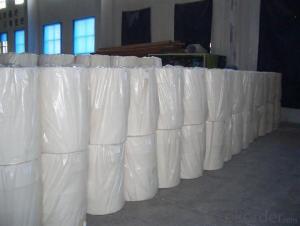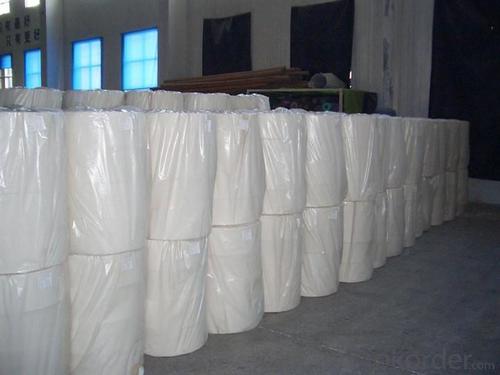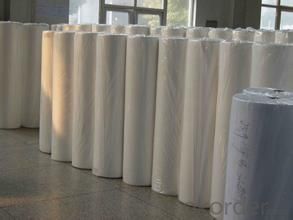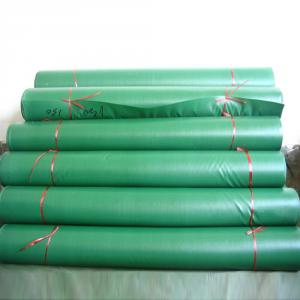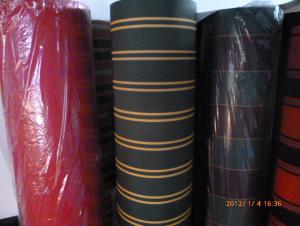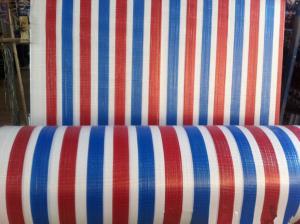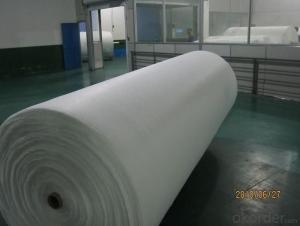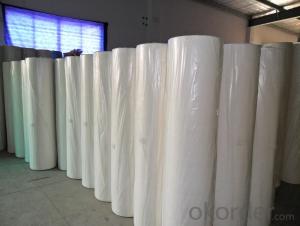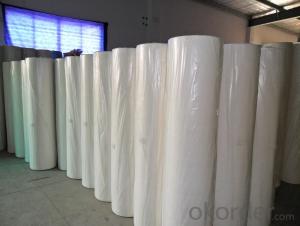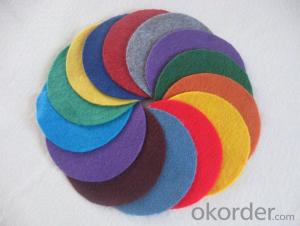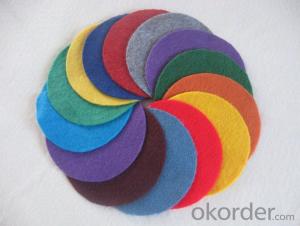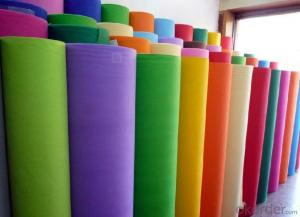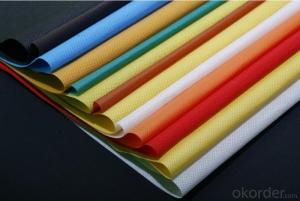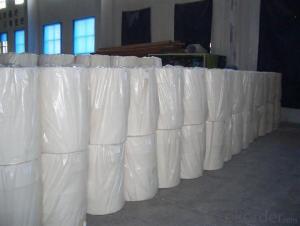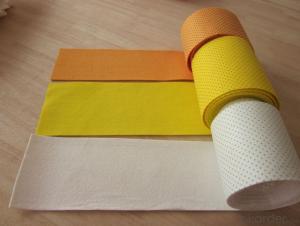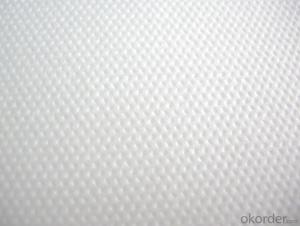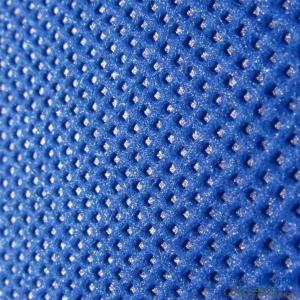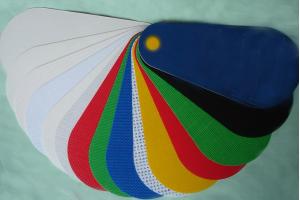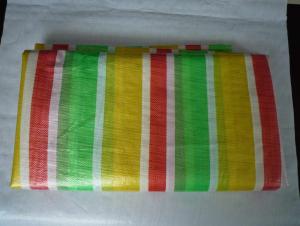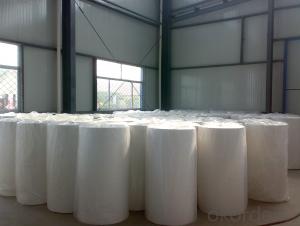Hygiene White Plain Wet Wipe Use Spunlace Non-woven Fabrics
- Loading Port:
- Shanghai
- Payment Terms:
- TT OR LC
- Min Order Qty:
- 1000 kg
- Supply Capability:
- 100000 kg/month
OKorder Service Pledge
OKorder Financial Service
You Might Also Like
Eco-friendly Polypropylene PET Spunbond Non-woven Fabrics Made in China
Our products have been widely used in the field of medical& sanitary, industry &agriculture, and construction &daily-used products such as agriculture plant covers, roof waterproof materials, disposable items for medical and industrial applications, liners for furniture, lining in cases,apparel, warm facilities, bedding products, sofas, packing materials, packing material land mulriple cloth shopping bags, suits and garment covers, Industrial protective coveralls, garment accessory materials, bed articles, medical and sanitary articles as well.
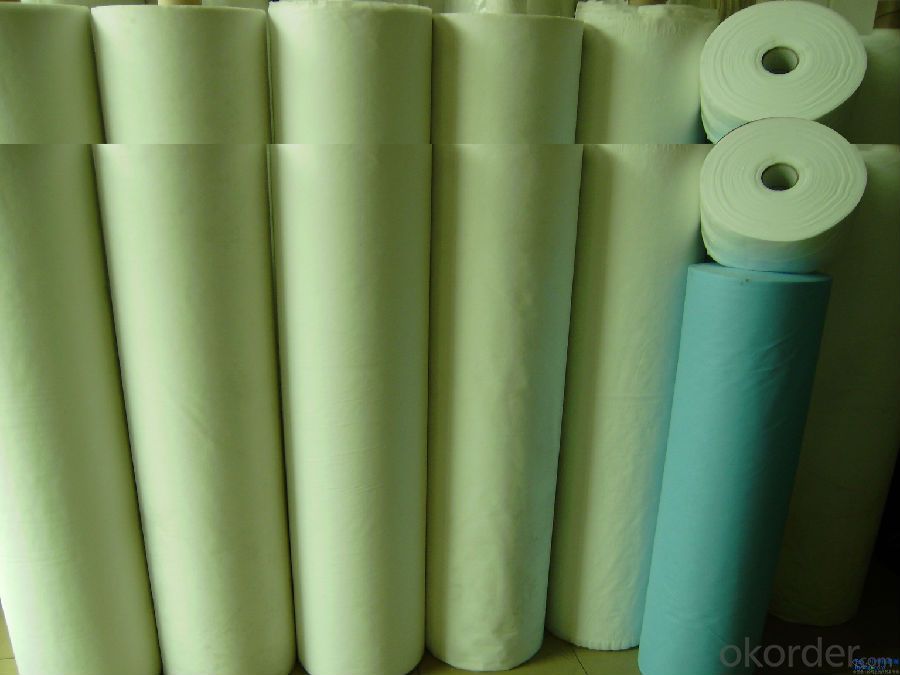
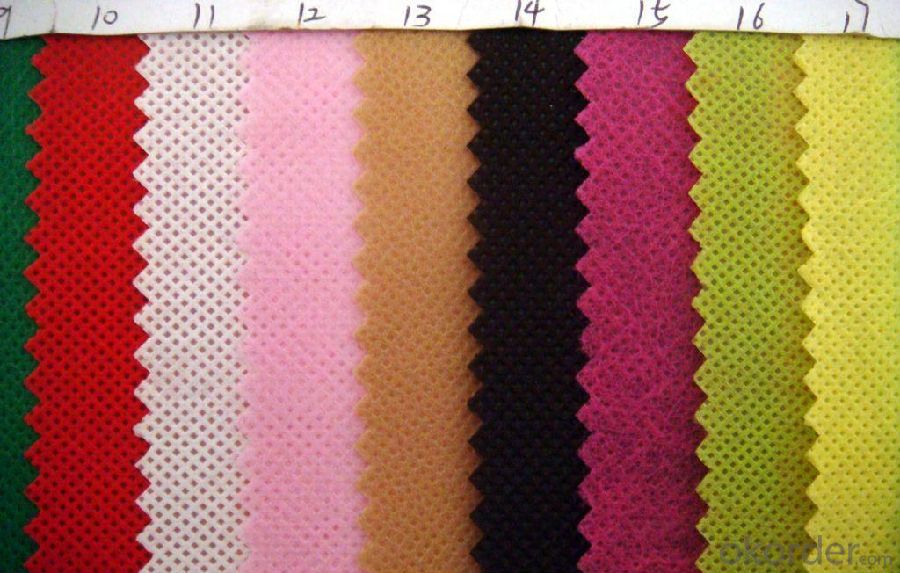
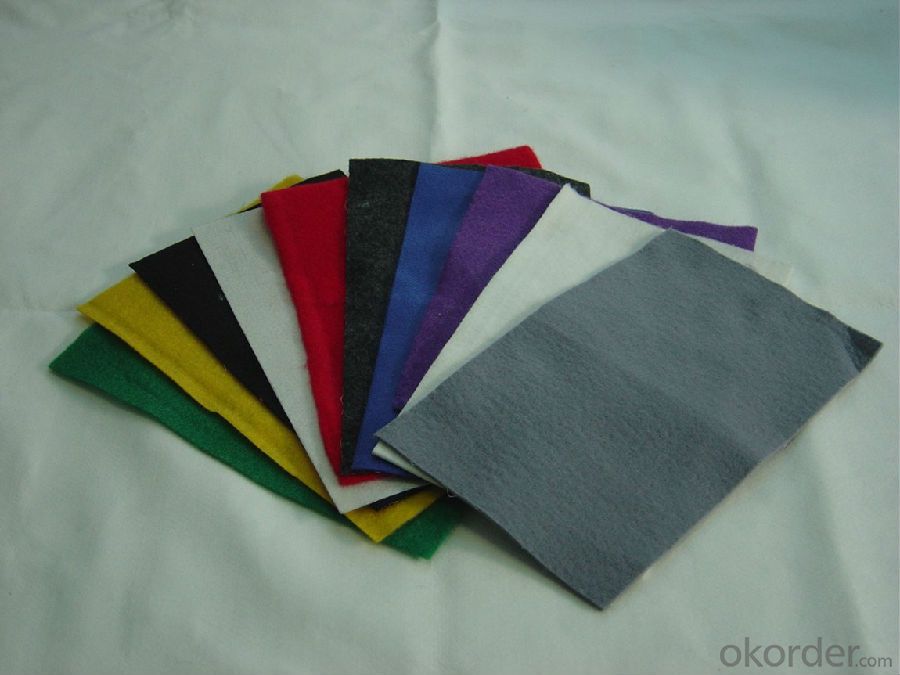
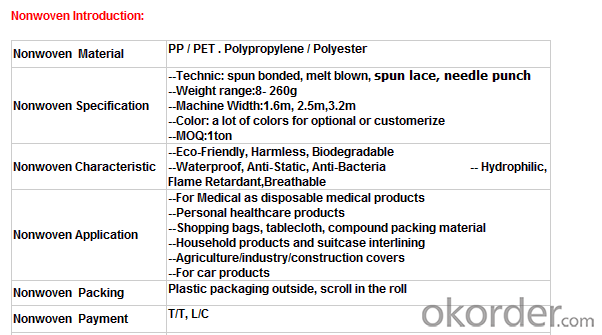
Our Service:
Within 24 hours reply ;
Well-trained and experienced staffs in English;
OEM & ODM , Customized are warmly welcomed , or design for you ;
Protecting customer’s privacy and profits;
Make sure the quality is approved , or we pay the return or remake them at once .
Nonwoven Advantage:
1. Light: Polypropylene is the main raw material; specific gravity is 0.9, is only third five, fleecy and touches well.
2. Flexibility: made up of microfiber (2-3D), dot by dot thermo-melt formed. Flexibility of products is suitable, comfortable.
3. Water resistance and breathability: slices of Polypropylene and finished products resist water, breathable and easy to maintain and wash.
4. Non-toxic, non-irritating: made of materials which catch up FDA standard, without other chemical composition, stable, non-toxic, no smell, safe for sensitive skin.
5. Anti-bacterial, anti-chemical: Polypropylene is blunt chemical substances can protect in liquid from bacterial and insects; antibacterial, alkali corrosion, erosion and the finished product will not affect sensitive skin.
FAQ:
Q: What standards are you carrying out for your products?
A: We produce according to the ISO9001 and ISO14001 rules.
Q: How to install the machine?
A: We will arrange 1~2 engineers to your factory to guide installation and assembly.
Q: What’s your international market?
A: We Have exported to about 40 countries and regions all around the world, such as, the USA, France, Singapore, Australia, Middle East, Brazil, Peru and so on.
Q: Do you sell steel shot or steel grit which can be uses in shot blasting machine?
A: We have four production lines for steel shot and steel grit production, one work shop for steel cut wire shots, and one workshop for stainless steel shot and Aluminium shot and so on.
Q: Do you have the right to export?
A: Yes, we registered in the Customs and gained the right to export by ourselves.
- Q: Listed in recent years the textile industry pollutant emissions
- Sulfur dioxide emissions increased by the larger power, steam, hot water production and supply industry, ferrous metal smelting and rolling processing industry, non-metallic mineral products industry, food processing industry, chemical raw materials and chemical products manufacturing industry five industries, industrial sulfur dioxide emissions Rate of 84.4%, the growth accounted for key enterprises to investigate the total sulfur dioxide emissions of 104%
- Q: What are the test tests for the color fastness of textiles?
- 4, resistance to saliva color fastness 5, resistant to sea color fastness 6, light color fastness 7, dry clean color fastness
- Q: What is the textile project
- Graduates of textile engineering can generally work in the technical and business management departments of textile enterprises in the process design, production management, product development and other work, to the business and foreign trade and other departments engaged in business management and professional foreign trade work, but also in scientific research units, Textile schools engaged in scientific research, teaching work.
- Q: How to detect formaldehyde content of textiles?
- For example, textile dyeing process, in order to improve the color fastness, the need for color processing, commonly used cationic resin fixing agent Y and fixing agent M, they are dicyandiamide and formaldehyde condensate, containing a high free formaldehyde.
- Q: What are the types of textiles that are different?
- Use is not the same, it has the function is not the same. Such as clothing textiles, may be cotton, elastic, CVC, modal, silk more; decoration may be numb and so on; industrial use, there are waterproof, etc.
- Q: What is the difference between the nonwovens industry and the textile industry?
- Textiles are raw materials of cotton, or man-made fibers. Is made of textile machinery, no glue composition. For clothing, bedding and other uses with the human body.
- Q: Textile and garment industry, including a complete industrial chain which
- The first human clothes are made of animal skins, wrapped in the body of the earliest "fabric" with linen fiber and grass made.
- Q: What is the step in the textile fabric
- As much as possible to understand the production and operation of the processing plant, and the factory's excellent / inferior to fully assess, so that know the root.
- Q: What is a large circular machine and a small circular machine in the textile?
- As the knitting machine of the circular knitting machine (the number of yarns in the enterprise is called the number of incoming yarns or the number of the circle), the speed is high, the output is high, the flower shape is fast, the fabric quality is good, the process is small, the product adaptability is strong , So the development soon.
- Q: Analysis of import and export of textile
- The growth rate fell 6.2 percentage points. Textile and apparel exports totaled $ 292.1 billion in 2013, an increase of 37.8% from 2010, an average annual growth rate of 11.3%, down 3.8 percentage points from the previous year's 15.1% average annual growth rate.
Send your message to us
Hygiene White Plain Wet Wipe Use Spunlace Non-woven Fabrics
- Loading Port:
- Shanghai
- Payment Terms:
- TT OR LC
- Min Order Qty:
- 1000 kg
- Supply Capability:
- 100000 kg/month
OKorder Service Pledge
OKorder Financial Service
Similar products
Hot products
Hot Searches
Related keywords
